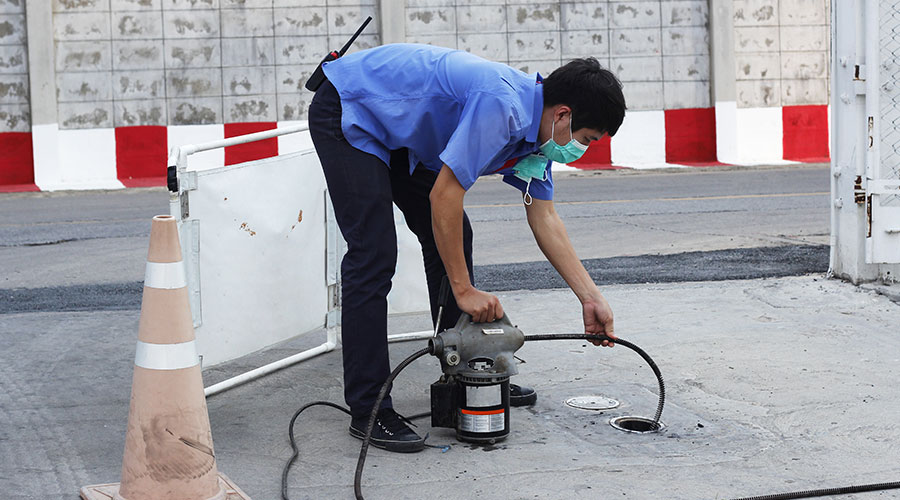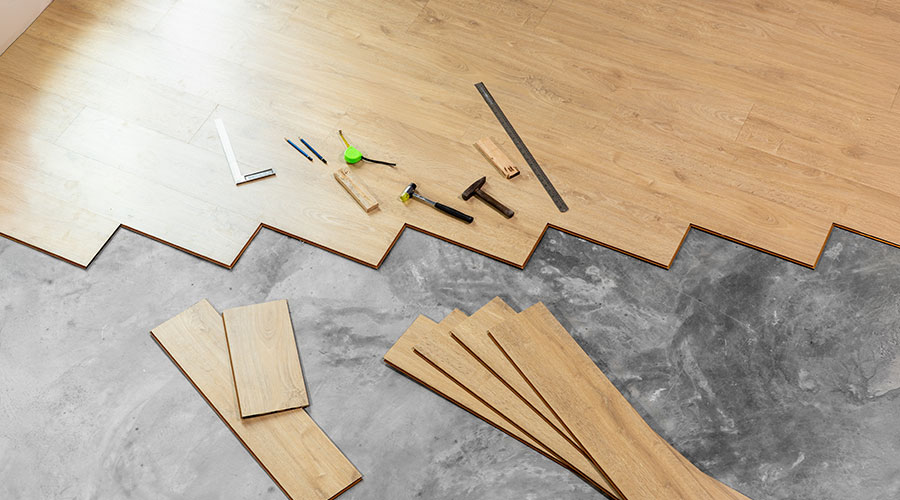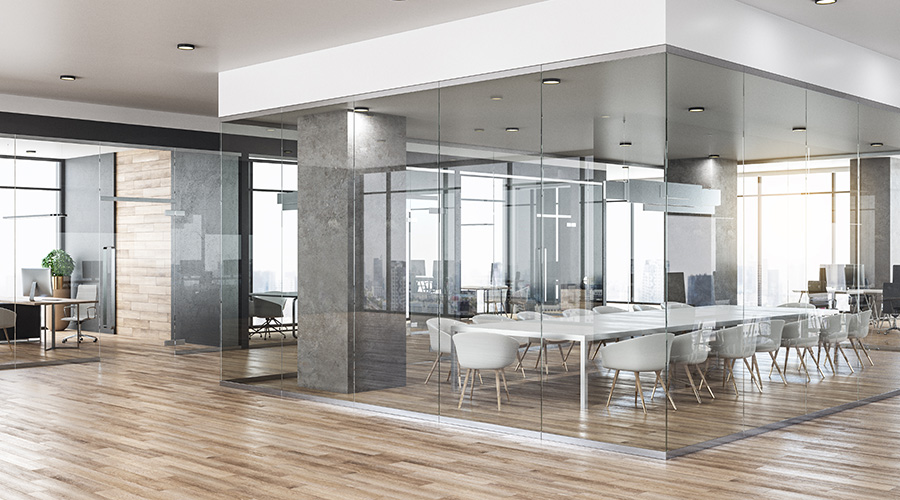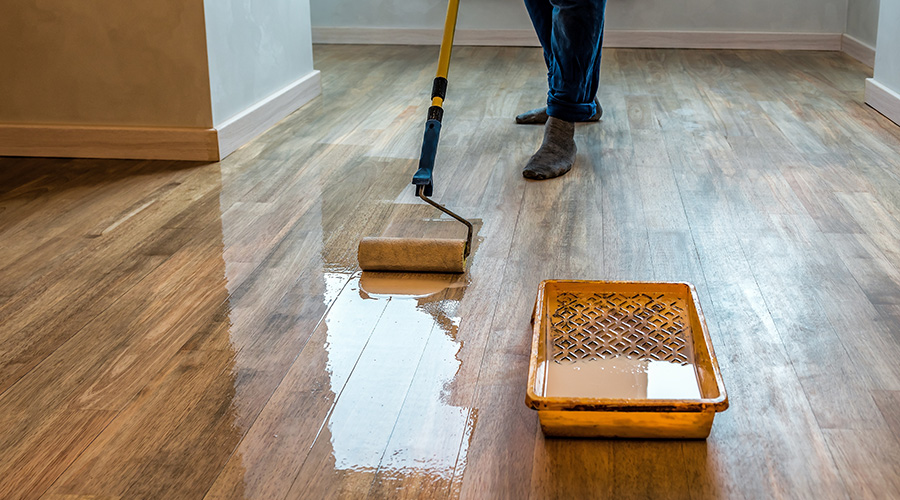What to Know About Sustainable Flooring Options
All of these elements can in turn support corporate or institutional ESG and wellness goals.
Sustainable flooring has become an essential “must have” element for commercial buildings. And thanks to recent technological advancements, the quality of materials, ease of installation and maintenance have improved dramatically. That said, continuous improvement means building operation managers need to stay ahead of the curve and have a thorough understanding of the products available to best meet the sustainability initiatives being employed by companies and building owners.
Becky Egan, principal and senior interior designer, NCIDQ, at Lawrence Group, says that facility executives who are aligning operations with sustainability goals are embracing eco-conscious flooring in commercial facilities.
“From our experience, facility managers and owners who understand the value that sustainable flooring contributes to the overall wellbeing of inhabitants in their spaces are most likely to insist on sustainable flooring products,” Egan says. These market segments generally include healthcare, K-12 education, civic and university clients and these clients are looking for flooring products that meet their specific requirements of providing good value initially, inexpensive maintenance, and longevity of 15 to 20+ years.
“The life cycle of projects in these markets is typically longer than other markets such as workplace and retail where their spaces are typically leased,” says Egan, who has also seen hospitality and specific retail and workplace clients who want to ‘do the right thing’ by using sustainable products and market their use and benefits to clients and potential employees.
According to Albert Aronov, AIA, partner with RKTB Architects in New York City, facility executives are increasingly aligning their operations with broader sustainability goals, and flooring has become a key area of focus. As he points out, one major factor fueling this shift is the continued trend of corporate sustainability mandates pushing to reduce environmental footprints across all aspects of operations. Additionally, green building standards like LEED and WELL incentivize the use of eco-conscious materials, and regulatory changes play a role, too, with stricter guidelines around emissions and material sourcing in many jurisdictions.
“Also, tenant and employee expectations continue to evolve, with more people preferring to work and live in healthier, more environmentally responsible spaces,” Aronov says. “And there is the cost-consciousness factor: sustainable flooring often proves more durable and cost-effective over time, making it a better value over time.”
Ámbar Margarida, a principal at architecture and design firm Spacesmith is deeply involved in the sustainable flooring arena. According to Margarida, there are several key drivers that motivate this movement towards more sustainable material selection, including flooring.
“One factor is a growing awareness of indoor air quality and its impacts. Products like linoleum and cork have zero harmful volatile organic compounds (VOCs) and no toxic additives, which makes them a responsible choice in terms of creating healthier indoor environments for employees and visitors,” Margarida says.
Similarly, more sustainable materials can conserve resources and reduce embodied carbon. From a resource conservation perspective, Margarida points out that options such as cork or recycled nylon PVC-free carpet tiles are cradle-to-cradle materials that reduce virgin material use.
“In terms of embodied carbon, cork, linoleum, and FSC-certified wood actually store carbon and also typically generate lower manufacturing emissions compared to conventional vinyls or synthetic carpets,” Margarida says.
All of these elements can in turn support corporate or institutional ESG and wellness goals. Sustainable materials including FSC-certified wood or recycled-content carpet tiles can be useful contributing elements for LEED, WELL, and Living Building Challenge credits.
“For our clients, whether they are in the commercial workplace sphere, the world of nonprofit service providers, higher education, the public sector, or even luxury retail, these considerations are now very important factors in any facilities planning conversation,” Margarida says.
Manufacturing Know-How
Sustainability flooring starts with a very specific manufacturing process that also includes reduced emissions, minimal energy consumption, and lower water usage. As Egan explains, today’s facility executives and operators are looking for manufacturers who control the production and make their own products so they can document and track the manufacturing process.
“In the past, products that were produced in Europe tended to be manufactured with stricter requirements, but this is slowly changing as more flooring companies worldwide have begun documenting their manufacturing processes,” Egan says. “Owners are also looking for manufacturers who receive validation by third-party experts, use environmentally-friendly raw materials (no PFAS ‘forever chemicals’ and minimal off-gassing), promote increased longevity and higher recycle content, and include low-carbon processes and renewable energy sourcing.”
Aronov adds that today’s facility executives are doing their homework.
“They’re looking for manufacturers who can demonstrate low embodied carbon in their products and energy-efficient production processes–ideally powered by renewables–with reduced water usage and responsible wastewater management,” Aronov says. “Most will also insist on manufacturer transparency, including Environmental Product Declarations (EPDs) and Health Product Declarations (HPDs), and any available information on local sourcing, because it helps cut down on transportation emissions and has positive impacts on regional economies.”
Maura Keller is a freelance writer based in Plymouth, Minnesota.
Related Topics:











